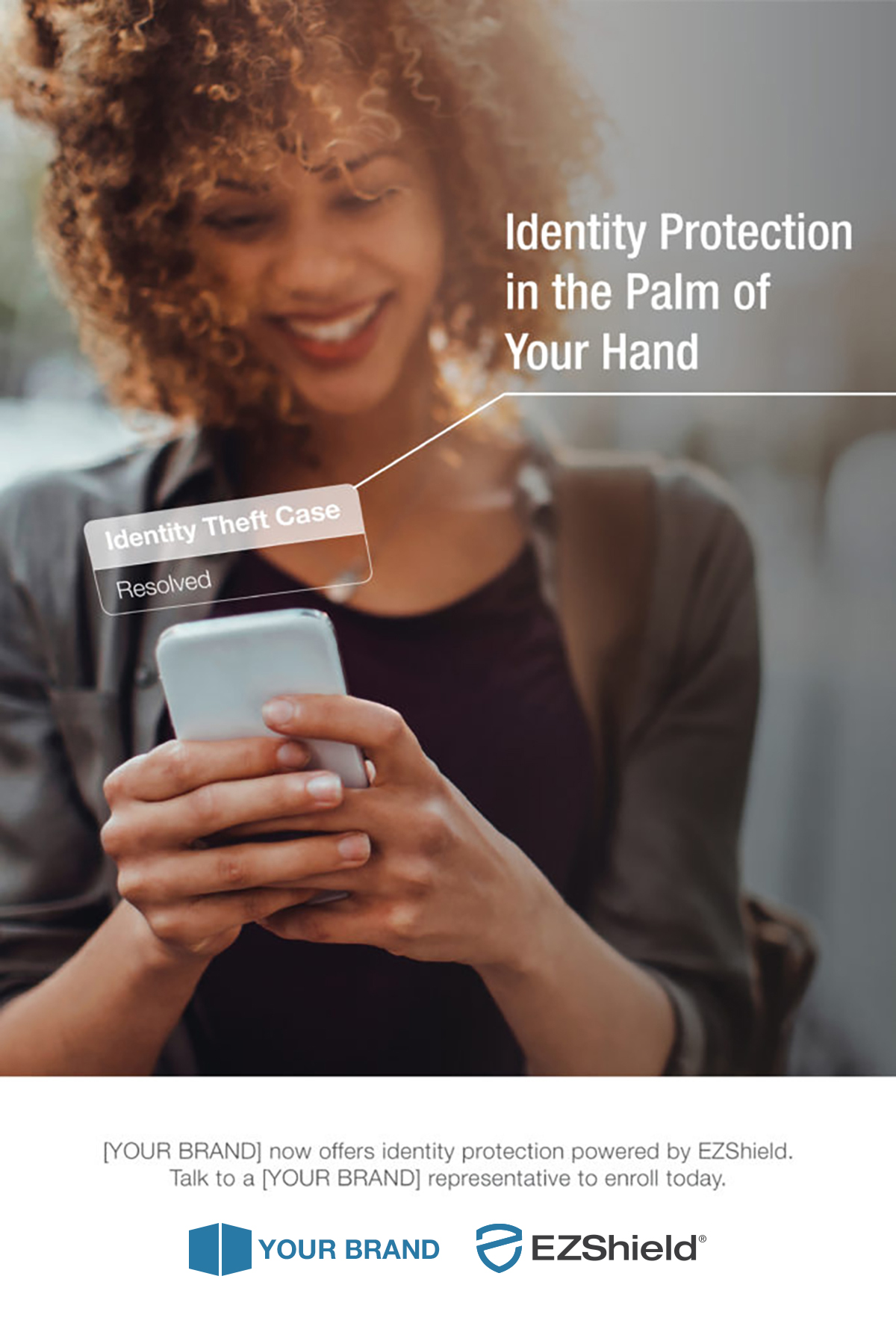We believe that the best approach to identity crime and identity protection is through empowerment and education. However, we understand that our partners may choose different ways of promoting identity protection within their organizations. There is a certain content that we do not use, but may be approved for use when referencing EZShield ID Protection programs. Please implement any of the following messages at your own discretion, and we urge you to consider the reasons why we do not implement them within our own campaigns.
Fear-driven marketing messages.
Why We Discourage This:
The identity protection industry has been inundated with anxiety-inducing marketing. Fear-driven messaging can sometimes lead to deceptive advertising, which ultimately can result in lawsuits against identity protection services. Furthermore, breach fatigue has emerged among consumers and small business owners despite the continued rise in data breaches.
Example:
“If you don't have identity protection services, you should feel scared.”
Two Alternative Approaches:
Paint a realistic picture of identity crime, then restate how your ID Protection program is designed to address these fraud- and identity theft-related threats.
Example:
"Identity crime becomes more complicated when it is left unaddressed. Secure your personal information to avoid the damages that come with identity crime."
Example:
"Identity theft is often the result of multiple smaller fraud events. Your identity protection program helps spot identity crime in its early stages."
The EZShield Approach:
Consider the EZShield Approach that empowers people to take the necessary steps to protect themselves from identity crimes.
Example:
"Take charge of your identity and question every request for your personal information."
Promoting a false sense of calm.
Why We Discourage This:
It's misleading to suggest that people with identity protection can ignore potential identity threats. There is no way to fully prevent identity crimes from affecting personal information.
Example:
"You have nothing to worry about now that you have identity protection."
Two Alternative Approaches:
Emphasize the benefits of your ID Protection program without sugar-coating the seriousness of identity crime.
Example:
"Identity protection can offer peace of mind when addressing the inevitable threats to your identity."
Example:
"Identity protection offers the tools needed to address online and offline identity threats."
The EZShield Approach:
Consider the EZShield Approach that shares relevant news and educational tips that provides helpful guidance on handling your personal information and securing your identity.
Example:
"Continue taking advantage of the data protection resources available to you."
Credit monitoring is the most critical feature of identity protection.
Why We Discourage This:
Credit monitoring only alerts individuals after they have been victimized.
Example:
"If you've been affected by a data breach, make sure you get credit monitoring services."
Two Alternative Approaches:
Avoid cause and effect positioning. Instead, highlight the benefits of credit monitoring alerts and the role they play within your overall ID Protection program.
Example:
"Consider adding credit monitoring services for an extra layer of protection to your credit information."
Example:
"Be the first to know if someone has misused your personal information by enabling credit monitoring alerts."
The EZShield Approach:
Consider the EZShield Approach that describes credit monitoring as just one of many identity protection tools needed in a comprehensive identity protection program to address the full spectrum of identity crime.
Example:
"Include credit monitoring as part of your comprehensive identity protection plan."





